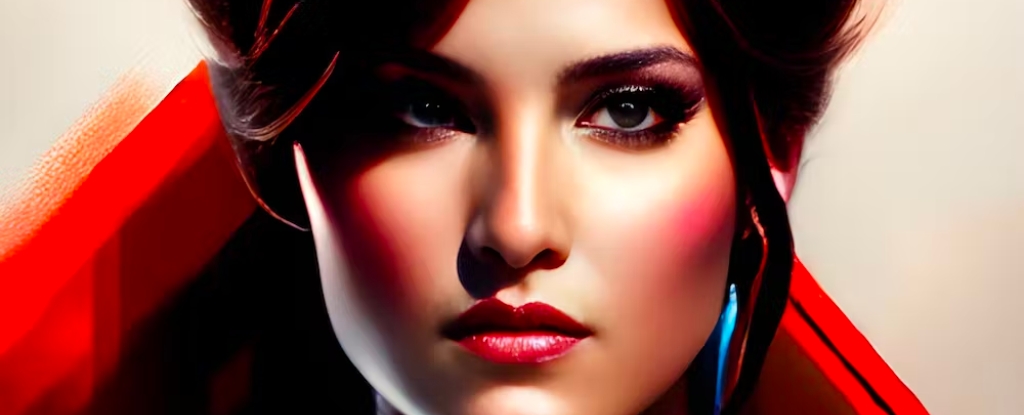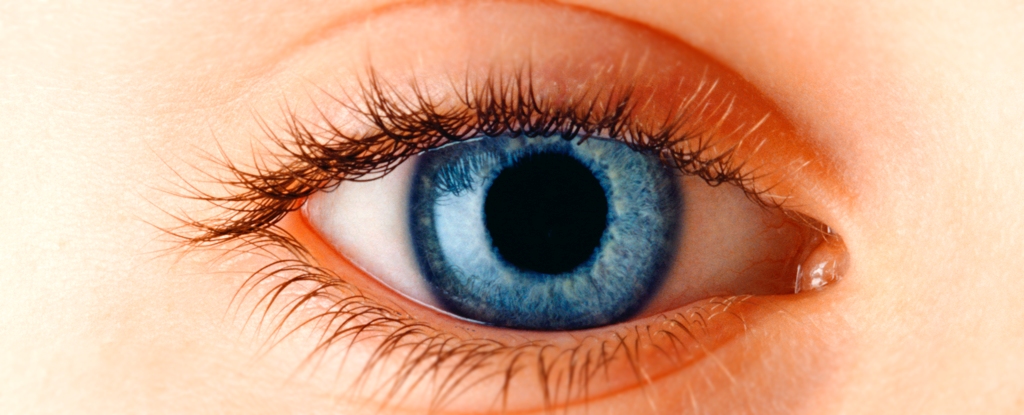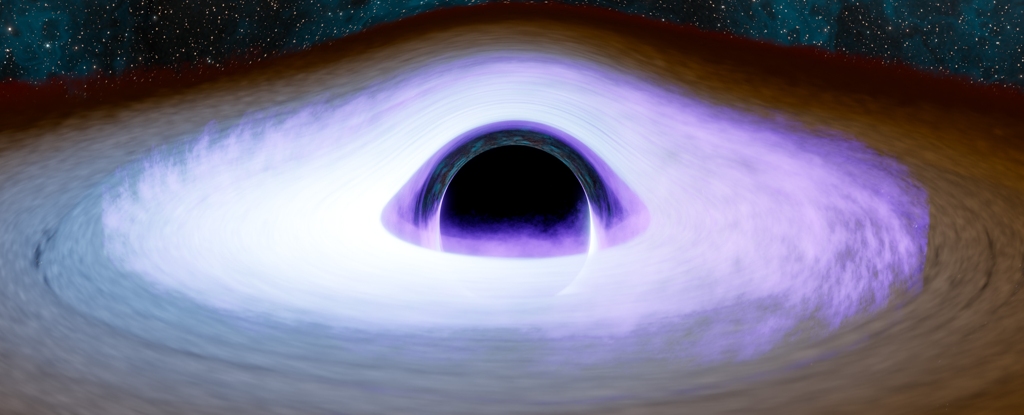Photo and video editing app Lensa has been gaining traction on social media in recent weeks after adding a feature that lets you create stunning digital portraits of yourself in contemporary art styles.
All for a small fee and the hassle of uploading 10-20 different photos of yourself.
2022 was the year that text-to-media AI technology left the labs and began colonizing our visual culture, and Lensa is possibly the most adept commercial application of that technology yet.
Lensa is basically rapid engineering based on Stable Diffusion packaged as an app rumored to make $1 million a day from in-app purchases.
This is just one example of a new generation of apps that turn rapid engineering into productivity and entertainment tools. pic.twitter.com/LiVxInklD5
— Dare Obasanjo 🐀 (@Carnage4Life) December 8, 2022
It’s lit a fire among social media influencers looking to stand out — and another fire in the arts community. Australian artist Kim Leutwyler said The guard In Lensa’s portraits, she recognized the style of certain artists – including her own style.
Since the CompVis group’s Midjourney, OpenAI’s Dall-E and Stable Diffusion burst onto the scene earlier this year, the ease with which individual artists’ styles can be emulated has been ringing alarm bells.
Artists feel that their intellectual property – and perhaps a piece of their soul – has been compromised. But did it?
Well, not insofar as applicable copyright law provides for it.
If it’s not outright theft, then what is?
Text-to-media AI is inherently very complicated, but conceptually understandable for us non-computer scientists.
I’m cropping these for privacy reasons / because I’m not trying to call a single person. These are all Lensa portraits, with the mutilated remains of an artist’s signature still visible. These are the remains of the signature of one of the many artists who stole it.
A 🧵 https://t.co/0lS4WHmQfW pic.twitter.com/7GfDXZ22s1
— Lauryn Ipsum (@LaurynIpsum) December 6, 2022
To really grasp the ins and outs of Lensa, it’s worth taking a few steps back to understand how artists’ individual styles can find their way in and out of the black boxes that power systems like Lensa.
Lensa is essentially an optimized and customized frontend for the freely available deep learning model Stable Diffusion. It gets its name because it uses a system called latent diffusion to boost its creative output.
The word “latent” is key here. In data science, a latent variable is a quality that cannot be measured directly, but can be inferred from measurable things.
When Stable Diffusion was created, machine learning algorithms were fed large numbers of image-text pairs, and they taught themselves billions of different ways to connect those images and captions.
This formed a complex knowledge base that is not directly understandable to humans. We might see “modernism” or “thick ink” in its results, but Stable Diffusion sees a universe of numbers and connections.
And all of this stems from complex mathematics involving the numbers generated from the original image-text pairs.
Because the system took in both descriptions and imagery, we can chart a course through the vast sea of possible outputs by entering meaningful prompts.
Take the picture below as an example. The text prompt included the terms “digital art” and “artstation” — a site that hosts many contemporary digital artists.
During its training, Stable Diffusion learned to associate these words with specific qualities that it identified in the various artworks it was trained on. The result is an image that would go well with it ArtStation.
What distinguishes Lensa?
So if Stable Diffusion is a text-to-image system where we navigate through different possibilities, then Lensa seems to be quite different as it takes images and not words. That’s because one of Lensa’s greatest innovations is the streamlining of the process textual inversion.
Lensa takes user-provided photos and injects them into Stable Diffusion’s existing knowledge base to teach the system how to “capture” the user’s traits so it can then stylize them. While this can be done in regular Stable Diffusion, it is far from an optimized process.
While you can’t nudge images in any particular direction you want on Lensa, the trade-off is a multitude of options that are almost always impressive. These images borrow ideas from the work of other artists but do not contain actual snippets of their work.
The Australian Arts Law Center makes it clear that although individual works of art are protected by copyright, the stylistic elements and ideas behind them are not. Likewise the case of Dave Grossman Designs Inc. against Bortin case determined in the US that copyright does not apply an art style.
What about the artists?
Yet the fact that art styles and techniques are now so transferrable is immensely disruptive and extremely disturbing to artists. As technologies like Lensa become more mainstream and artists increasingly feel ripped off, there may be pressure on legislation to adapt.
For artists working on small jobs such as B. creating digital illustrations for influencers or other web companies, the future looks challenging.
While it’s easy to use AI to create an artwork that looks good, it’s still difficult to create a very specific work with a specific theme and context. No matter how apps like Lensa shake up the way art is made, the artist’s personality remains an important context for their work.
Artists may need to borrow a page from the influencer’s guide themselves and put in more effort to get themselves known.
It’s still early days and it’s going to be a tumultuous decade for art producers and consumers. But one thing is certain: the genie is out of the bottle.![]()
Brendan Paul MurphyLecturer in Digital Media CQUniversity Australia
This article is republished by The conversation under a Creative Commons license. read this original article.





